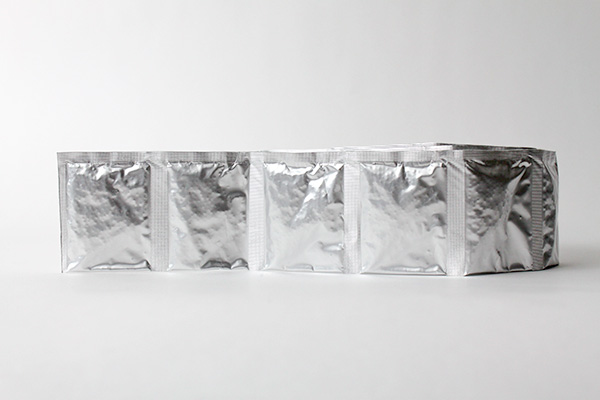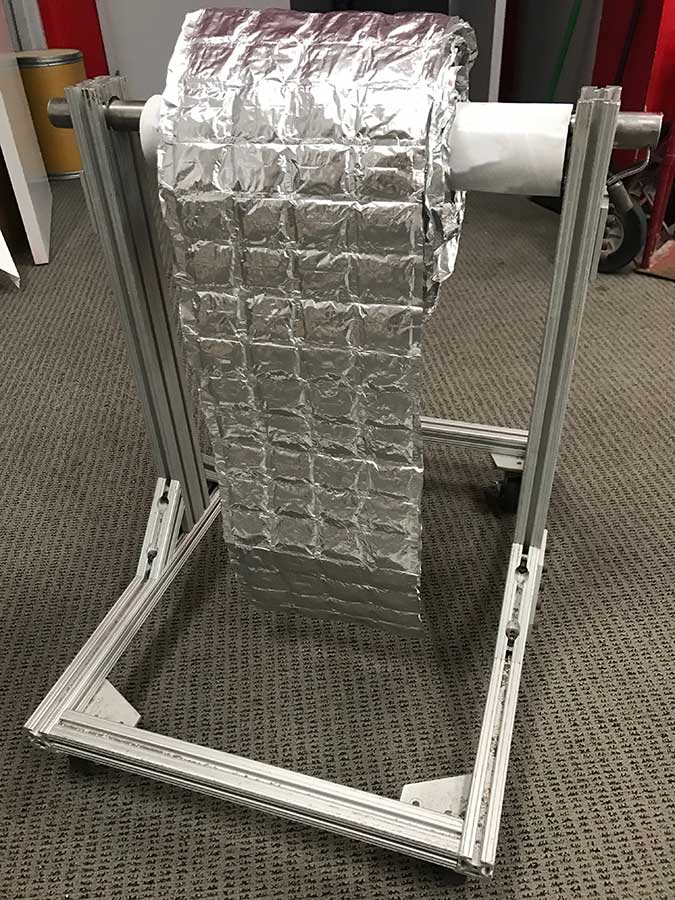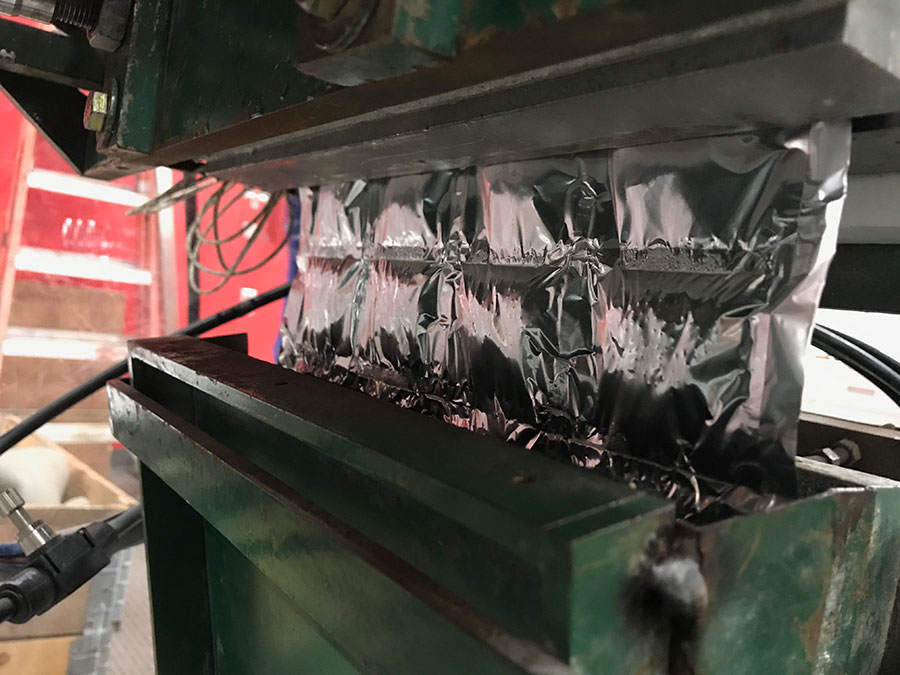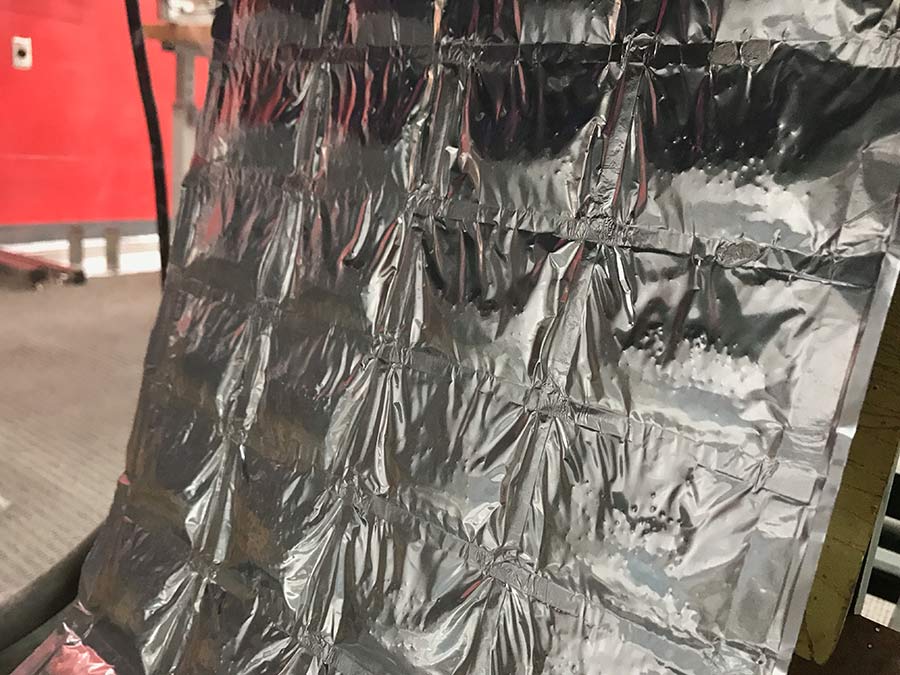
Cryogenic vessels are specialized containers designed to store and transport materials at extremely low temperatures, typically below -150°C (-238°F). They are essential for maintaining the cryogenic state of liquid nitrogen, liquid oxygen, liquid hydrogen, and liquefied natural gas (LNG). These vessels provide thermal isolation and can withstand significant temperature and pressure changes.
Cryogenic vessels specifically require molecular sieve desiccants because of their superior moisture adsorption performance under ultra-low temperatures and high vacuum conditions. Here’s why molecular sieves are the desiccant of choice for cryogenic applications:



CryoSorbPax for Cryogenic Vessels
| Part Number | Description | Quantity | Price |
|---|---|---|---|
| CSP1920 |
80' roll of 5A molecular sieve in 7.0g packets, 4 packets wide Packets are 2.25" x 1.75" each |
1920 packets | $863.84 |
| CSP960 |
40' roll of 5A molecular sieve in 7.0g packets, 4 packets wide Packets are 2.25" x 1.75" each |
960 packets | $466.14 |
| Part Number | Dimensions | Quantity | Price |
|---|---|---|---|
| CSP960SP100PK5A |
5A Molecular Sieve 1.7-2.3mm (8" X 12" Mesh) Packets are 2.25" x 1.75" each |
Strip of 100 |
Please email us for more information |
| CSP960IP5A |
5A Molecular Sieve 1.7-2.3mm (8" X 12" Mesh) Packets are 2.25" x 1.75" each |
1 Pack |
Please email us for more information |